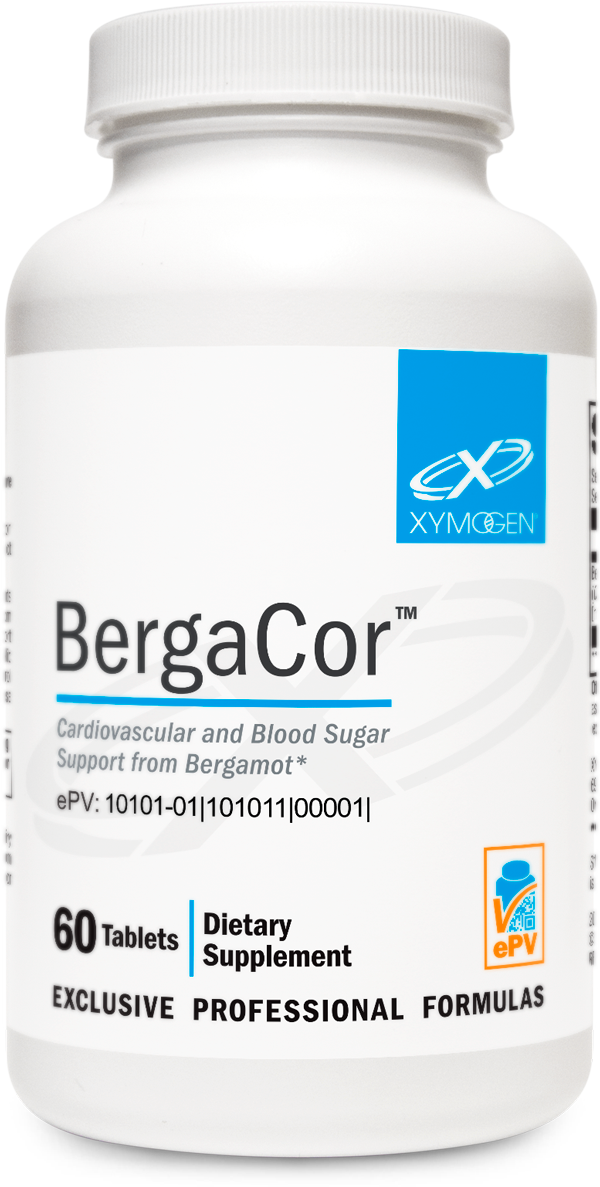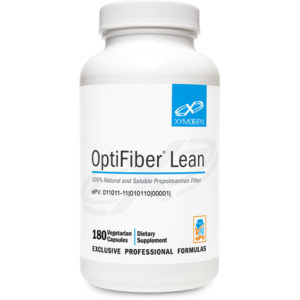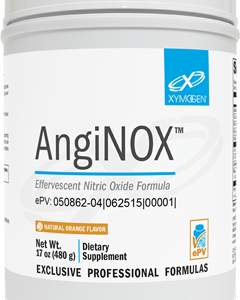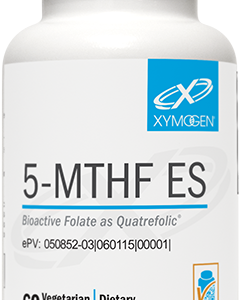Scientific Information/Data
Bergamot is a type of citrus fruit primarily grown in the southern
Italian region known as Calabria. It has been used traditionally
to benefit a wide variety of human health functions, particularly
cardiovascular health. Essential oil of the bergamot peel is used widely
in the food and cosmetic industries, whereas the juice flavonoids have
been suggested to be the components responsible for benefitting
cardiovascular health.*
BergaCor™ features Bergamot Polyphenolic Fraction Gold® (BPFG®), a
concentrated bergamot juice extract containing a unique combination
of naturally occurring polyphenolic components that exhibit
antioxidant activity. These protective flavonoids include neoeriocitrin,
naringin, neohesperidin, melitidin, and brutieridin, each of which
influences a slightly different and distinctive molecular pathway.*
The following focuses on the mechanisms proposed to be responsible
for the beneficial cardioprotective effects of bergamot, which include
the maintenance of healthy lipid and blood glucose levels and the
support of normal resistance to oxidative stress.*[1,2]
Mechanism of Action
Reviews of the mechanism of action and influence of bergamot juice
extract on lipid and sugar metabolism at the molecular level suggest
that naringin and neohesperidin initiate the release of adenosine
monophosphate-activated protein kinase (AMPK), a central regulator
of glucose and fatty acid metabolism. Neoeriocitrin is proposed to
inhibit phosphodiesterases (PDEs), which are involved in the regulation
of energy metabolism and lipolysis through the cyclic adenosine
monophosphate (cAMP) molecular pathway. It is submitted that
brutieridin and melitidin act as direct hydroxymethylglutaryl coenzyme A
(HMG-CoA) reductase inhibitors involved in deterring cholesterol
synthesis in the liver. Bergamot flavonoids have also been found to
inhibit quinone oxidoreductase 2 (QR2), an enzyme implicated in
catalyzing oxidation-reduction reactions involving xenobiotic (foreign)
and biogenic (produced in the body) substrates. Preliminary data
suggests that QR2 enzyme activity contributes to the effects observed
in lipid and glucose metabolism. Although the individual polyphenolic
compounds in bergamot juice extract do appear to exert specific
effects, the authors propose that the synergistic effects from collectively
influencing multiple molecular pathways are what ultimately benefit
cardiovascular health.*[1,3]
Cardiovascular and Blood Sugar Support
Numerous clinical trials have suggested that bergamot juice extract
functions via metabolic pathways in the liver to maintain healthy
cholesterol levels and to support healthy blood glucose metabolism.[4,5]
There is a limited amount of data assessing the use of supplemental
bergamot juice extract in generally healthy subjects; however, there
are studies in athletes. A randomized, double-blind, placebo-controlled
study evaluated the effect of BPFG on cardiovascular parameters
and exercise performance in male cyclists (n = 30) utilizing 650 mg
of BPFG twice per day for four weeks. Significant differences were
observed between pre-and post-intervention baseline endothelial
NO (nitric oxide) levels, suggesting that BPFG plays a role in
cardiovascular adaptive mechanisms by way of a vasoprotective
response.*[6]
Follow-up trials with healthy populations are needed to solidify the
traditional use of bergamot extract for cardiovascular wellness and
to further validate the role of bergamot supplements in the clinical
setting.*
References
1. Janda E, Lascala A, Martino C, et al. PharmaNutrition. 2016
Oct;4(suppl):S8-S18. doi:10.1016/j.phanu.2016.05.001.
2. Testai L, Calderone V. Nutrients. 2017 May 16:9(5):502. doi:10.3390/
nu9050502.
3. Walker R, Janda E, Mollace V. In: Watson RR et al, eds. Polyphenols in Human
Health and Disease. Elsevier Inc; 2014:chap 84. doi:10.1016/B978-0-12-
398456-2.00084-0.
4. Mannucci C, Navarra M, Calapai F, et al. Phytother Res. 2017 Jan;31(1):27-39.
doi:10.1002/ptr.5734.
5. Lamiquiz-Moneo I, Giné-González J, Alisente S, et al. Crit Rev Food Sci Nutr.
2019 Oct 31:1-11. doi:10.1080/10408398.2019.1677554.
6. Mollace R, Gliozzi M, Tavernese A, et al. J Sports Med Ther. 2018;3(2):053-061.
doi:10.29328/journal.jsmt.1001027.
*These statements have not been evaluated by the Food and Drug Administration. This product is not intended to diagnose, treat, cure, or prevent any disease.







Reviews
There are no reviews yet.